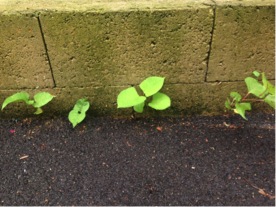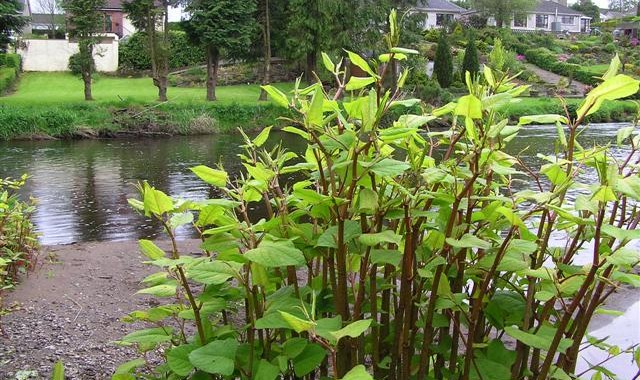The nuisance that is Japanese Knotweed is well known to UK authorities. The Wildlife and Countryside Act 1981 states that it is an offence to “plant or otherwise cause to grow in the wild” any plant listed in Schedule nine, Part II of the Act. It’s no surprise that Japanese Knotweed appears on this list of leafy pests, alongside others like Giant Hogweed and Parrot’s Feather. Plant one of these and you could have the police knocking on your door.
The regulations and rules regarding Japanese Knotweed also stretches to its disposal. All waste containing Japanese Knotweed – from leaves and stems to the very soil it has been growing in – comes under the control of Part II of the Environmental Protection Act 1990. With all the legal implications, it’s vital you know what you’re doing when dealing with Japanese Knotweed. That’s where the Knotweed Code of Practice comes in.
This document by the Environmental Agency advises you on how to remove knotweed from a site prior to development. In addition to helping you avoid all those legal pitfalls, the code highlights the need for proper management of an infestation. This is in order to prevent excessive costs, damage to the environment and physical damage to property. After all, knotweed can easily penetrate hard surfaces like tarmac.

Of course, you can avoid the headache of tackling Japanese Knotweed by calling in a contractor – for example Japanese Knotweed Sussex! We offer both one-off visits and annual contracts for all types of commercial businesses. Arrange a free site survey and consultation by calling 01273 775941.




